Full Overlay, Partial Overlay, & Inset Kitchen Cabinets: Differences
Full Overlay, Partial Overlay, and Inset Kitchen Cabinets are three common types of cabinet styles used in modern kitchens. Here’s the difference between them:
- Full Overlay Cabinets: Full overlay cabinets have doors that completely cover the face frame of the cabinet box. The cabinet doors are usually wider than the cabinet box, so they overlap the cabinet frame, leaving only a small amount of the frame visible around the edges of the door. The hinges are usually hidden from view, and the overall effect is a clean, modern look.
- Partial Overlay Cabinets: Partial overlay cabinets have doors that cover only part of the face frame, leaving some of the frame exposed. The amount of overlay can vary, but typically it is around 1/2 inch on each side of the door. The hinges are usually visible from the outside of the cabinet, and the overall effect is a more traditional look.
- Inset Cabinets: Inset cabinets are built into the cabinet box itself. The doors and drawers fit flush with the face frame of the cabinet, creating a seamless look. The hinges are visible on the inside of the cabinet, and the overall effect is a more traditional, high-end look.
Overall, the choice of cabinet style comes down to personal preference, the overall design aesthetic of the kitchen, and the desired level of functionality. Full overlay cabinets tend to be more popular in modern or contemporary kitchens, while partial overlay and inset cabinets tend to be more popular in traditional or transitional kitchens.


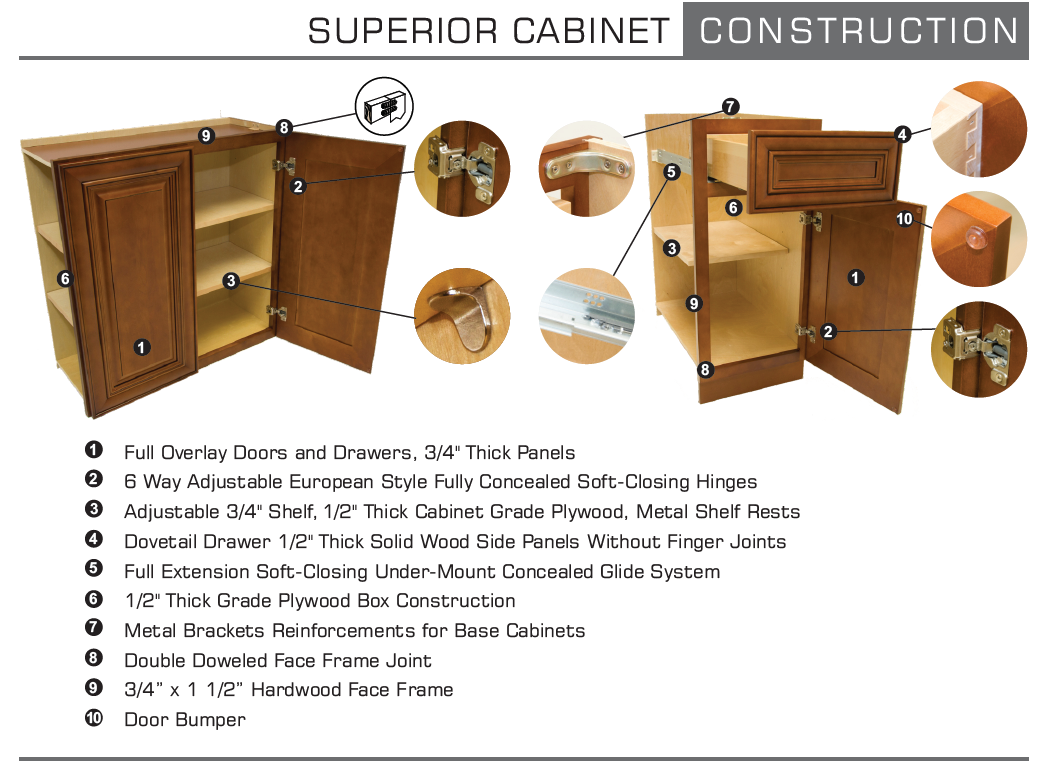
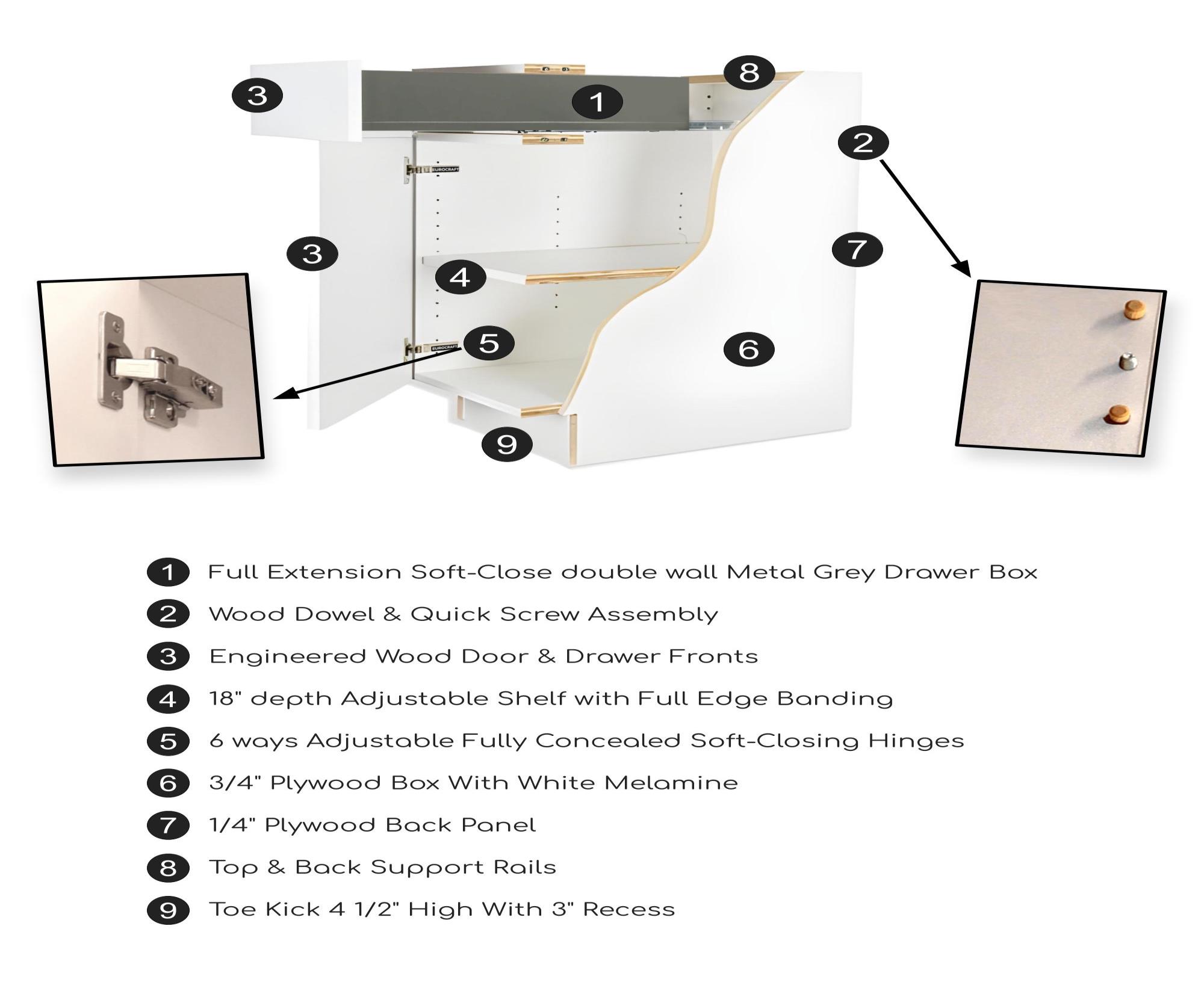
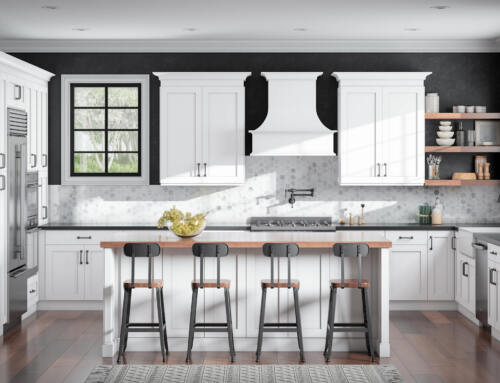

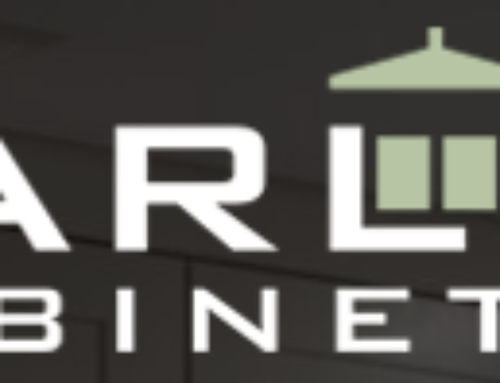
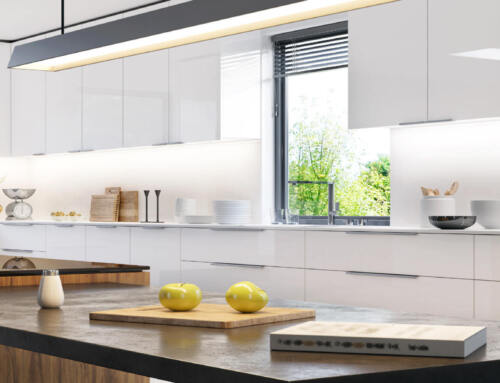
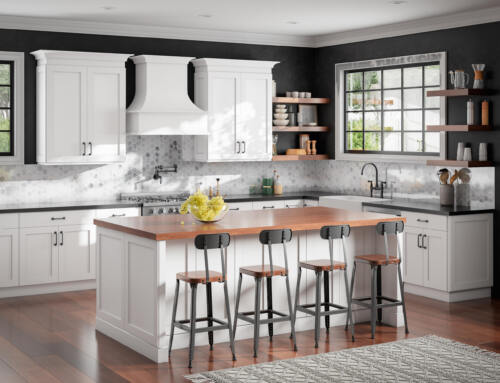
Leave A Comment